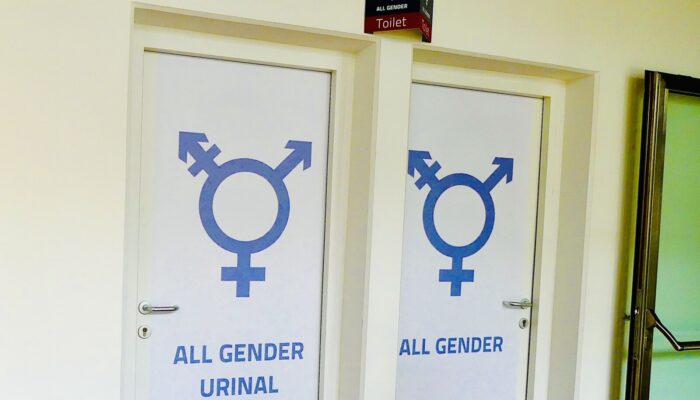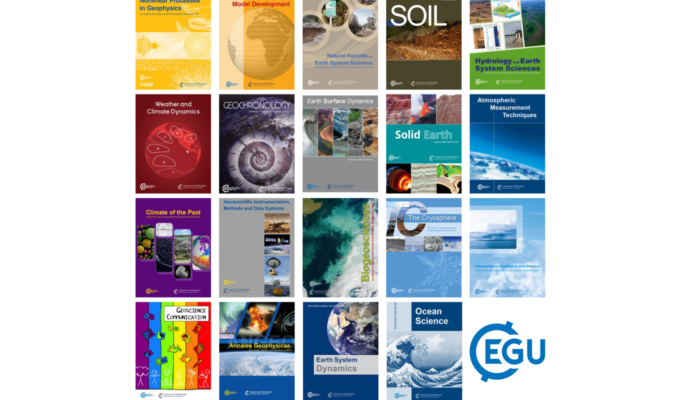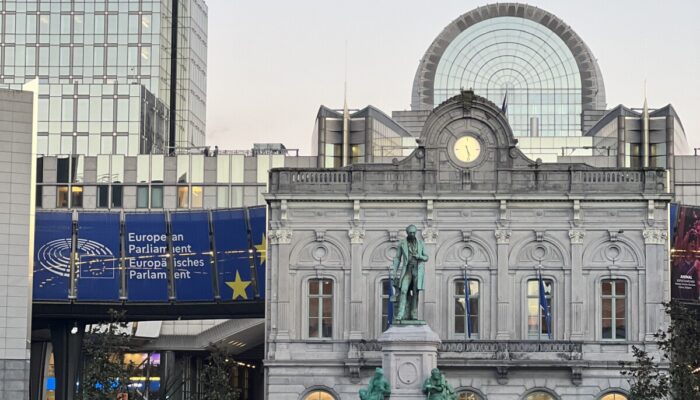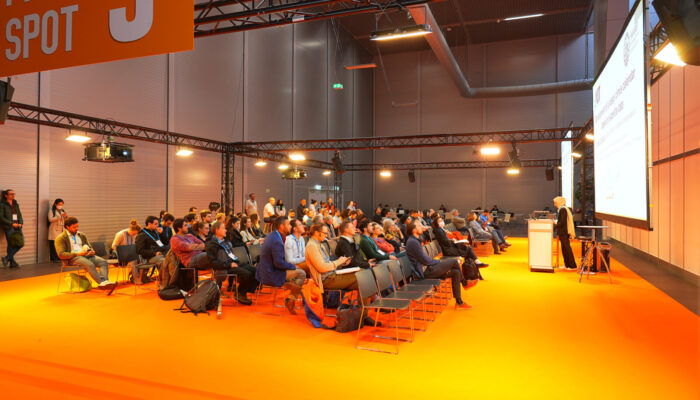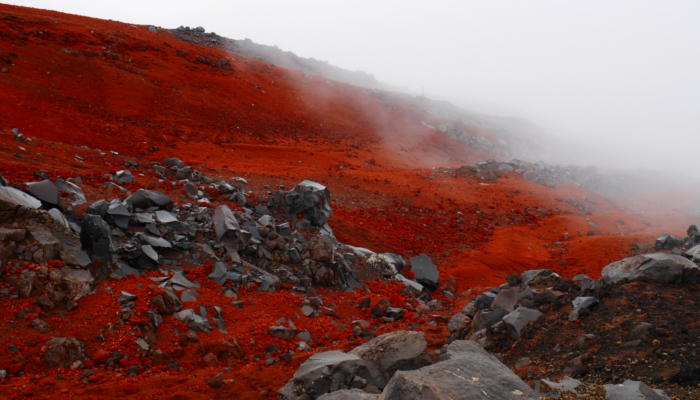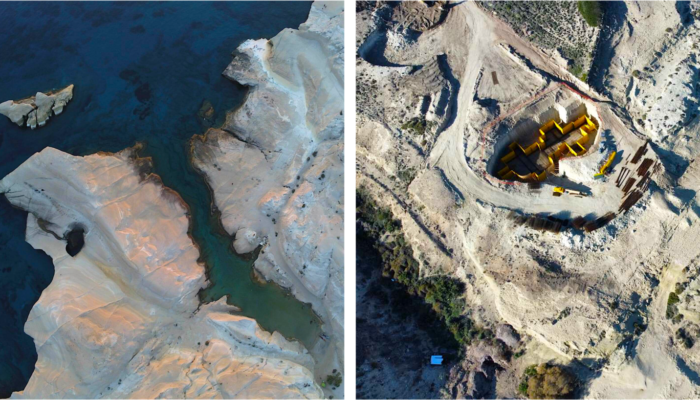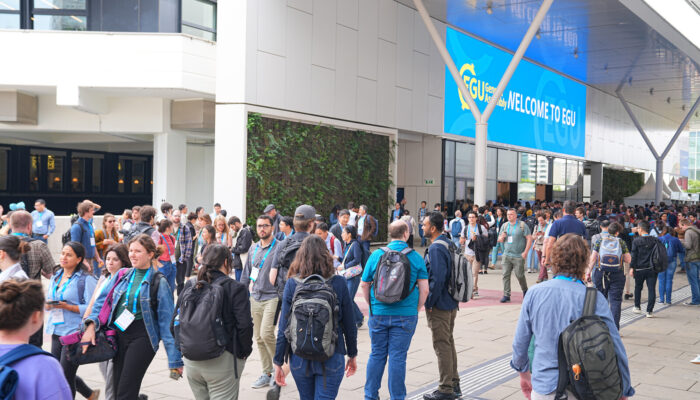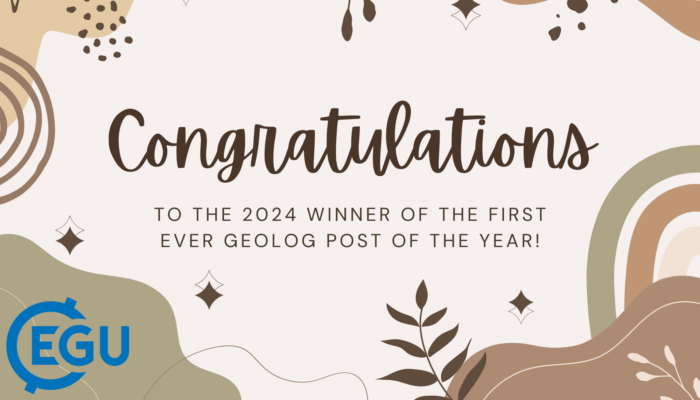The annual EGU General Assembly is a wonderful chance to gather together with friends and colleagues to discuss recent scientific work, plan new projects and develop your career, but a scientific meeting, especially one the size and length of time of the General Assembly is not an equally accessible experience for everyone. With this in mind over the years EGU have developed a range of resources a ...[Read More]
GeoLog
GeoRoundup: the highlights of EGU Journals published during March!
Each month we feature specific Divisions of EGU and during the monthly GeoRoundup we put the journals that publish science from those Divisions at the top of the Highlights section. This month, we are not featuring any particular divisions, but an ensemble of all the highlights of this month instead. Atmospheric Chemistry and Physics Modelled surface climate response to effusive Icelandic volcanic ...[Read More]
GeoLog
GeoPolicy: A Week Inside the European Parliament – Science, Policy, and the Role of Experts
As the selected scientist in the EGU’s 2024 Science-Policy Pairing Scheme, I had the opportunity to experience life inside the European Parliament for a week with the support of Member of the European Parliament (MEP) Jutta Paulus and her team, who are part of the Group of the Greens/European Free Alliance. A week is short, but in these few days, I gained deeper insights into the inner workings of ...[Read More]
GeoLog
EGU25’s Code of Conduct: standards of behaviour for all our participants
Are you ready?! EGU25, Europe’s biggest meeting for Earth, planetary and space science research, is now just under a month away! But even sooner than that you only have a few days left to grab your Early Bird rates for registration. If you have already booked your registration you will probably have noticed that by purchasing your registration to participate in EGU25 you will also have agree ...[Read More]
GeoLog
Calling all photographers! Enter your fieldwork or labwork photo and win free registration to EGU26!
Whether you work in the lab, the field, onboard an ocean vessel or using data from instruments hundreds of kilometers away, you probably know that feeling of taking a truly great photo of your experience as a researcher. If this is you then you are in luck as you have ONE WEEK LEFT to submit your photo to the EGU photo competition, and possibly win free registration to next years General Assembly! ...[Read More]
GeoLog
Sarakiniko: A unique geoheritage site under threat
Sarakiniko, a stunning geological landmark on the aegean island of Milos, Greece, is under imminent threat. Known for its breath-taking white tuff formations built by the deposition of submarine volcanic eruptions and sculpted by wind and water over millions of years, this site serves as both a natural laboratory for geoscience and planetary research and a worldwide significant geoheritage site. H ...[Read More]
GeoLog
First time at an EGU General Assembly? We’ve got you covered!
Europe’s biggest geoscience conference, EGU25, is just over one month away! Each year, the EGU General Assembly brings together over 19,000 researchers, scientists, academics and journalists to discuss and share the latest developments in planetary exploration, Earth observation, polar science, climate change, natural hazards, and much more. And it is held at the Austria Centre Vienna (ACV) which ...[Read More]
GeoLog
Congratulations to the 2024 winner of the first ever Geolog post of the year!
At EGU, we’re always looking for new ways to celebrate and amplify the voices of our community. That’s why I am thrilled to introduce the Geolog Top Blog Post of the Year Competition—a new initiative where we recognise the most impactful and engaging post from the past year. For our very first edition in 2024, we selected the top five performing blog posts and held an internal vote within the EGU ...[Read More]
GeoLog
Congratulations to the winners of the best EGU division blogs of 2024!
If you’re a regular reader of the EGU blogs, you may notice a certain annual tradition of ours: we like to celebrate the contribution of our science writers and bloggers over the year gone by. And 2024 was no exception of course; we had a number of inspiring and thought-provoking blog posts published across the EGU’s official blog GeoLog and division blogs. Thank you to each one of you for your ti ...[Read More]
GeoLog
Geo-magicians: The mysterious work of understanding our magnetic Earth
There is a force all around us—unseen, unfelt, and yet profoundly influential. It guides the migration of birds across continents, whispers secrets to ancient rocks, and shields us from cosmic storms. This force is as mysterious as it is essential, shaping our world in ways that most of us never think about. Imagine a sailor centuries ago, staring at a compass that always points north. What guides ...[Read More]

